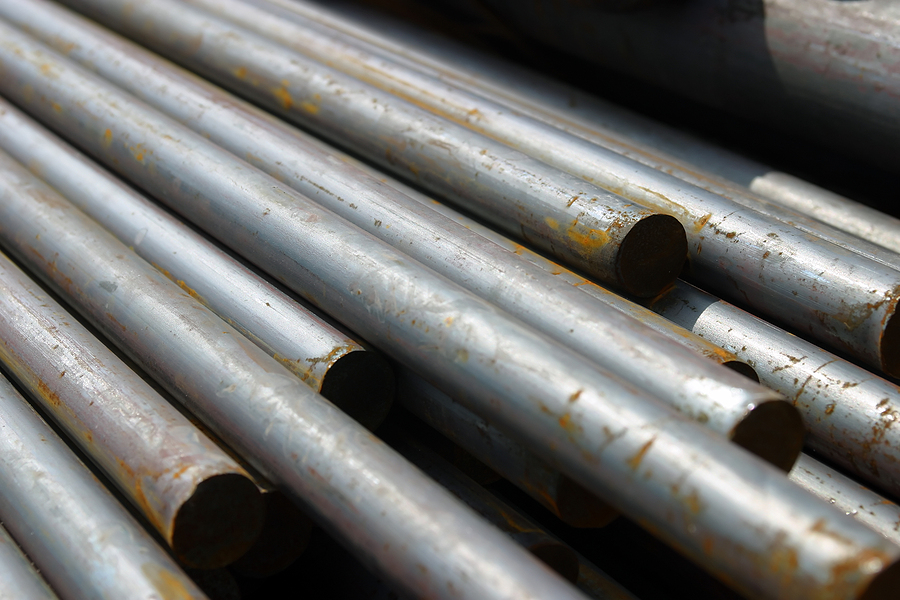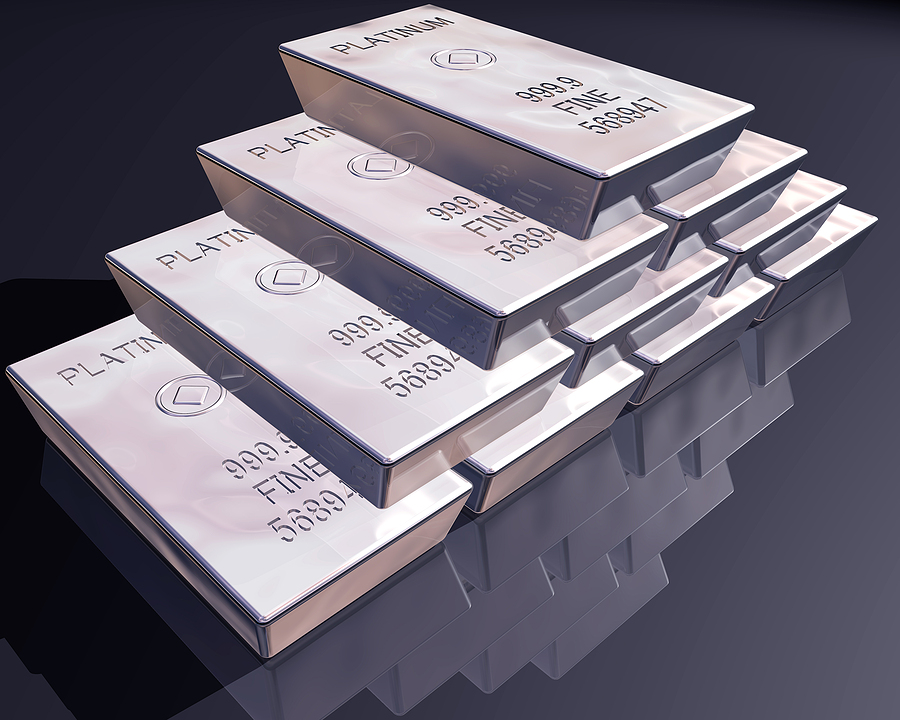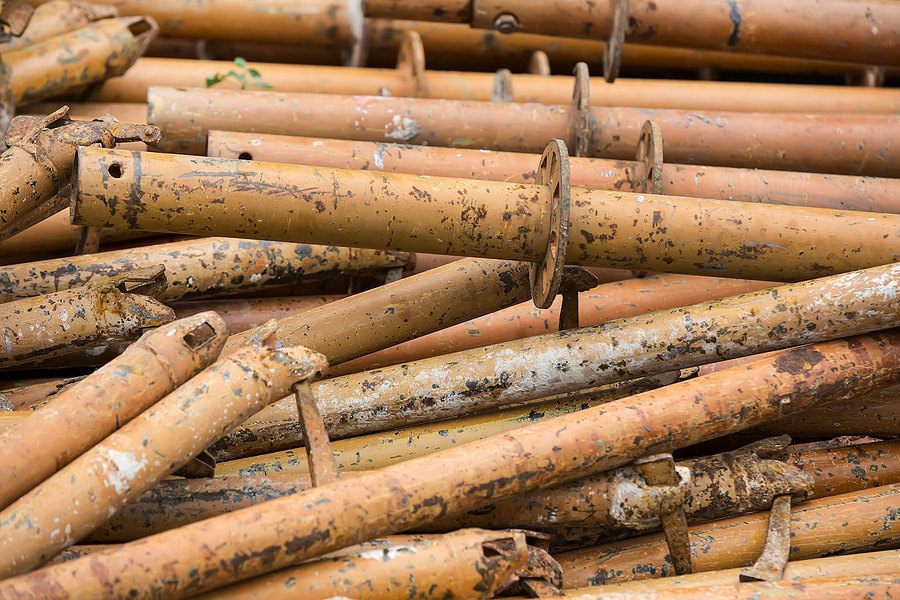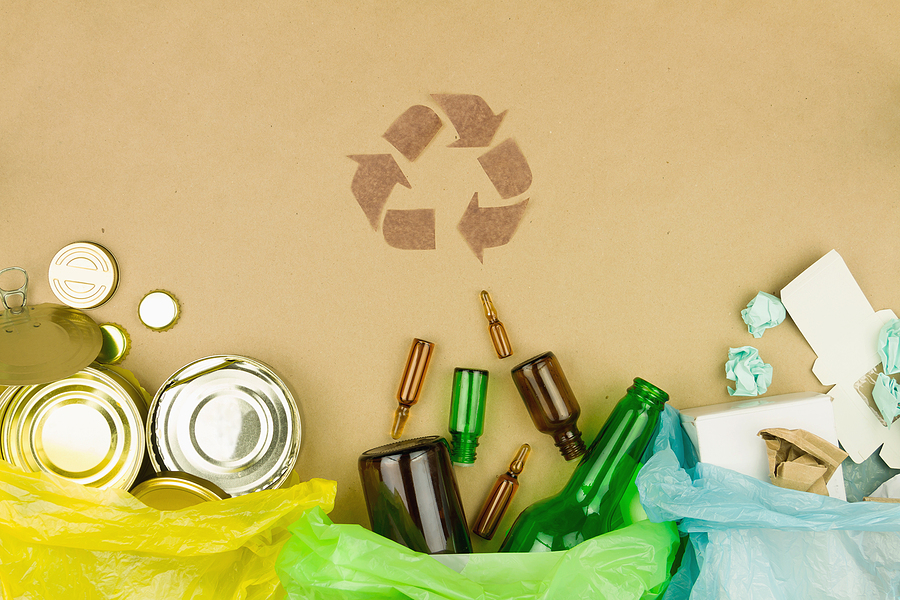Empty soda cans piling up in your kitchen? Those aluminum containers are more valuable than you might think. Aluminum can recycling offers a unique opportunity to earn extra income while making a meaningful difference for the environment. Whether you’re looking to supplement your household budget or reduce your carbon footprint, recycling aluminum cans delivers tangible benefits on both fronts.
Understanding the value of aluminum scrap metal can transform how you view everyday waste. Instead of tossing cans in the trash, you can turn them into a reliable source of cash while contributing to a more sustainable future. The process is straightforward, the rewards are real, and the environmental impact is significant.
This guide explores how aluminum recycling puts money in your pocket and helps protect our planet. You’ll learn about the economics behind recycled aluminum, discover practical tips for maximizing your earnings, and understand why this simple act matters for environmental conservation.
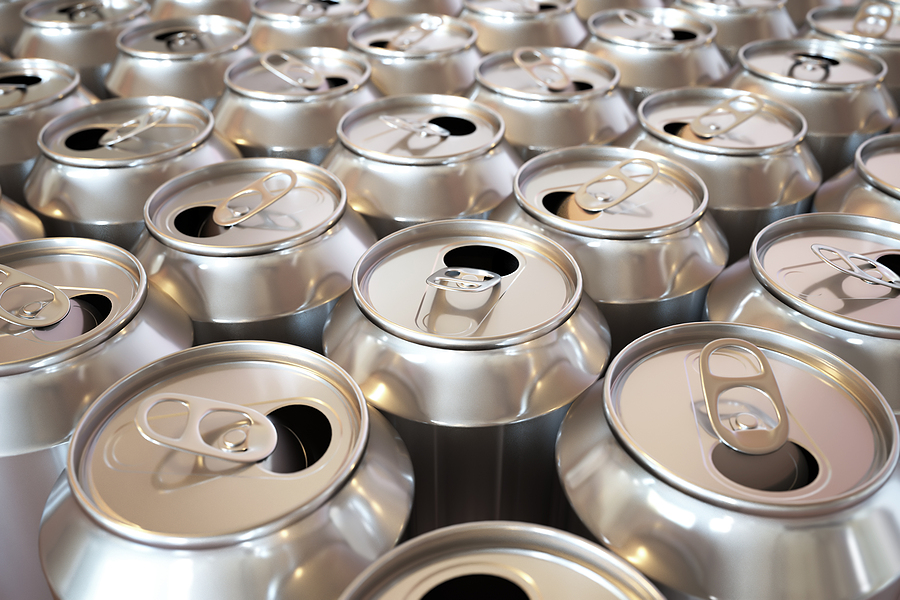
The Economics of Aluminum Recycling
How Recycling Aluminum Generates Income
Aluminum holds substantial market value as a recyclable material, making it one of the most profitable items you can collect. Metal recyclers pay cash for aluminum based on weight, with prices fluctuating according to market demand and the purity of the material you bring in.
The market value of recycled aluminum depends on several factors. Global demand for aluminum products influences pricing, as does the current state of manufacturing industries. The quality and cleanliness of your aluminum also affect how much you’ll receive. Cans free from contaminants fetch higher prices than those mixed with other materials.
Maximizing Your Earnings from Aluminum Can Recycling
Strategic collection and preparation can significantly increase your recycling income. Start by storing cans in a dedicated container to prevent contamination from food waste or other materials. Crushing cans saves space and allows you to accumulate more before making a trip to the recycling center.
Building relationships with local businesses that generate aluminum waste can boost your collection efforts. Restaurants, office buildings, and event venues often welcome someone willing to remove their recyclable materials. Some recyclers even offer partnerships where they’ll collect from you regularly once you’ve established a consistent supply.
Timing your trips to metal recyclers can also impact your earnings. Aluminum prices vary throughout the year, so monitoring market trends helps you choose optimal times to sell. However, the difference may be minimal for casual recyclers, making convenience a more practical consideration.
Environmental Impact of Aluminum Recycling
Energy Conservation Through Recycling
The environmental advantages of aluminum can recycling are substantial. Recycling aluminum requires 95% less energy than producing new aluminum from raw materials. This dramatic reduction in energy consumption translates directly to fewer greenhouse gas emissions and less strain on power resources.
To put this in perspective, recycling one aluminum can saves enough energy to run a TV for three hours. Multiply that by the billions of cans Americans use annually, and the energy savings become staggering. The energy saved from recycling aluminum cans reduces greenhouse gas emissions equivalent to taking millions of cars off the road annually.
Resource Conservation and Waste Reduction
Aluminum can be recycled infinitely without any loss of quality. This remarkable property means the same aluminum can become a new can, bicycle frame, or aircraft component repeatedly without degradation. By recycling, you’re helping maintain a continuous supply of usable aluminum without the need for mining new bauxite ore.
Landfill reduction represents another critical environmental benefit. Aluminum cans take 200-500 years to decompose naturally. When buried in landfills, they occupy valuable space and potentially leach chemicals into soil and groundwater. Recycling diverts these materials from waste streams, preserving landfill capacity for items that cannot be repurposed.
The mining process required for new aluminum production carries significant environmental costs. Bauxite extraction disrupts ecosystems, destroys habitats, and consumes vast quantities of water. Each recycled can represents natural resources preserved and ecosystems protected from industrial impact.
View Our Aluminum Can Recycling Solutions! ✨
Your Guide to Recycling Aluminum Cans
Collecting and Preparing Cans
Starting an aluminum can recycling routine requires minimal equipment. Designate a container specifically for aluminum cans in your kitchen or garage. A large bin with a lid prevents odors and keeps pests away while you accumulate enough cans to make recycling worthwhile.
Rinsing cans before storage prevents unpleasant smells and reduces the attraction of insects. You don’t need to achieve perfect cleanliness—a quick rinse with water suffices. Allow cans to air dry before placing them in your collection container to prevent mold growth.
Crushing cans saves considerable storage space, letting you collect more before making a trip to the recycling center. However, check with your local recycler first, as some facilities prefer uncrushed cans for their sorting equipment.
Finding the Right Recycling Center
Location matters when choosing where to recycle your aluminum scrap metal. Here at Zore’s Recycling in Indianapolis, we provide reliable service for individuals and families looking to turn their aluminum cans into cash. We offer competitive pricing based on current market rates and can process both small household quantities and larger commercial volumes.
Before visiting any scrap metal recycling facility, call ahead to confirm their hours, current aluminum prices, and any specific requirements for drop-offs. Some centers require identification for payment, while others have minimum quantity requirements.
Engaging Your Community
Expanding your recycling efforts through community involvement amplifies both your earnings and environmental impact. Organize collection drives at schools, churches, or community centers where people can drop off their aluminum cans. These events raise awareness about recycling benefits while building your collection volume.
Consider partnering with neighbors to create a neighborhood recycling program. Rotating responsibility for trips to the metal recyclers makes the process more convenient for everyone involved. Splitting proceeds fairly based on contribution encourages continued participation.
Start Your Aluminum Recycling Journey Today
Aluminum can recycling represents a practical solution for earning extra income while contributing to environmental sustainability. The financial returns may start small, but consistent effort builds meaningful supplemental income over time. More importantly, each can you recycle represents energy saved, resources conserved, and waste diverted from landfills.
The dual benefits of cash for aluminum and environmental protection make recycling an activity worth incorporating into your routine. Whether you’re collecting cans from your own household or expanding to community-wide efforts, every aluminum can recycled makes a difference.
Visit Zore’s Recycling or your local scrap metal recycling center to begin transforming your aluminum cans into cash today. Bring your accumulated cans, learn current pricing, and discover how simple the process truly is. Your wallet and the planet will thank you for taking this important step toward a more sustainable future.
Related Post: Why You Should Recycle Aluminum Siding at a Local Scrapyard

